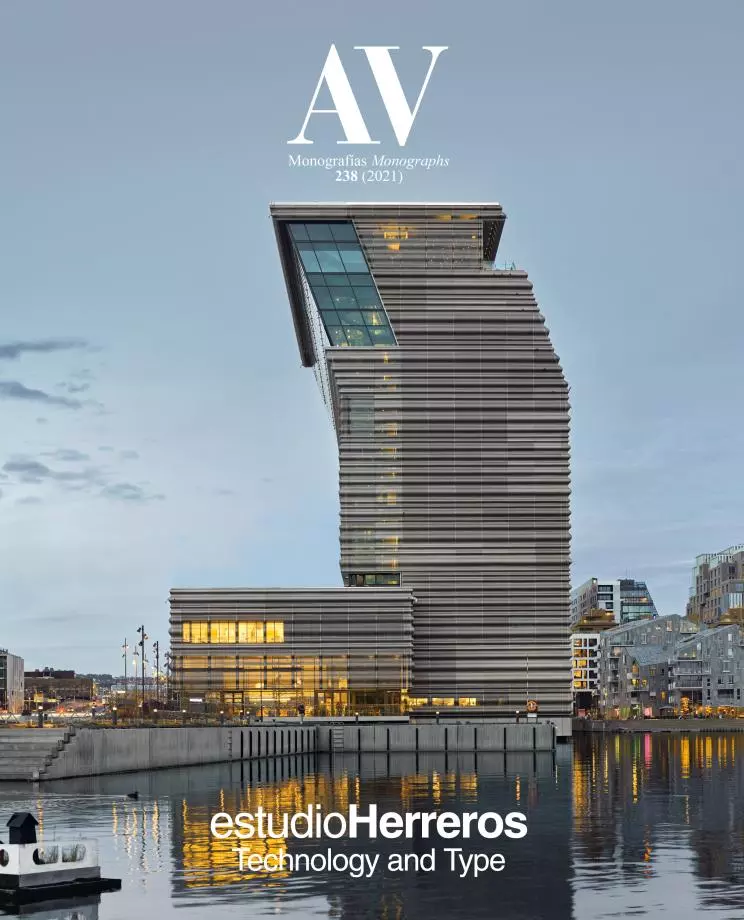
According to the dictionary, an infrastructure is the set of elements, facilities, or ser-vices required for an organization to operate efficiently. The act of delving beyond the architectural concept of infrastructure as something having to do with linear networks, to instead fully comprehend that we construct pieces which may look as if they were one-off, but are actually part of latent infrastructural systems, is a recent novelty, one which has the effect of assigning a crucial role to projects possessing the potential to change the gravitational center of cities. Large-scale public spaces, buildings serving passenger transport, venues for mass gatherings, and production hubs that explore the changes taking place in work cultures: these are cases where architecture is undergo-ing a flexibilization process so as not to become obsolete too soon, in a world where everything is changing so unsuspectedly and so fast...[+]





